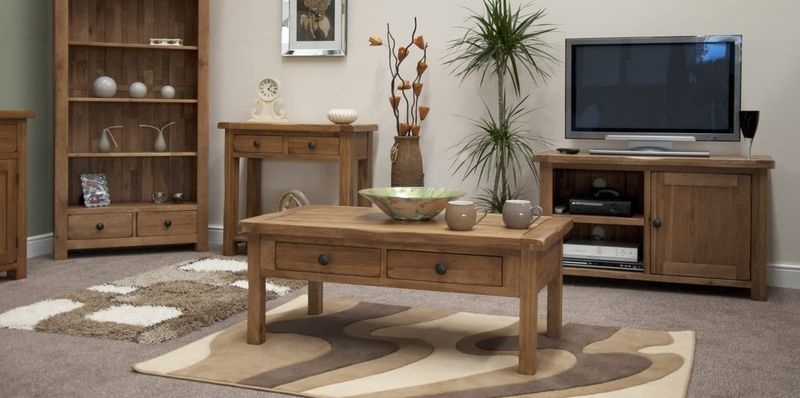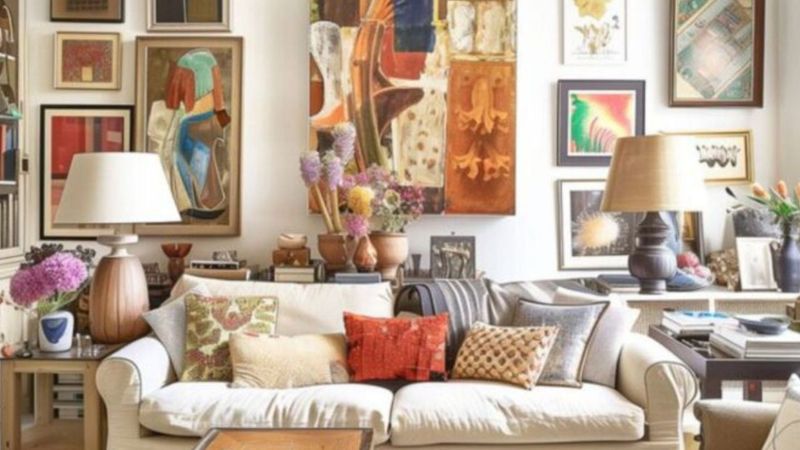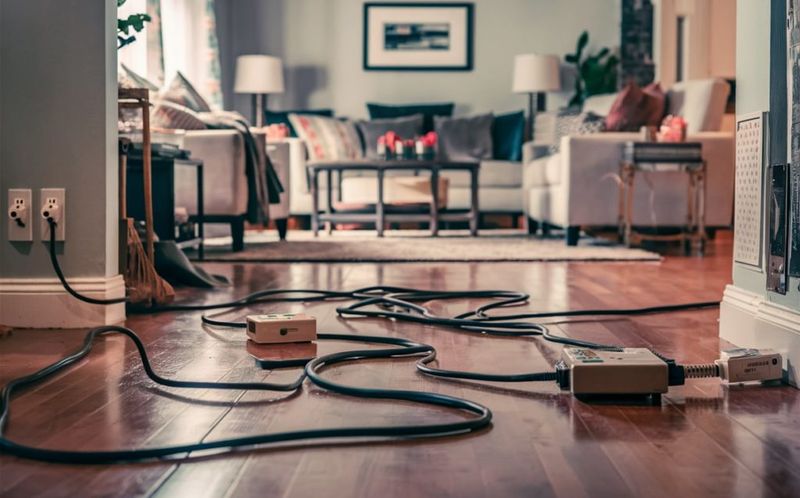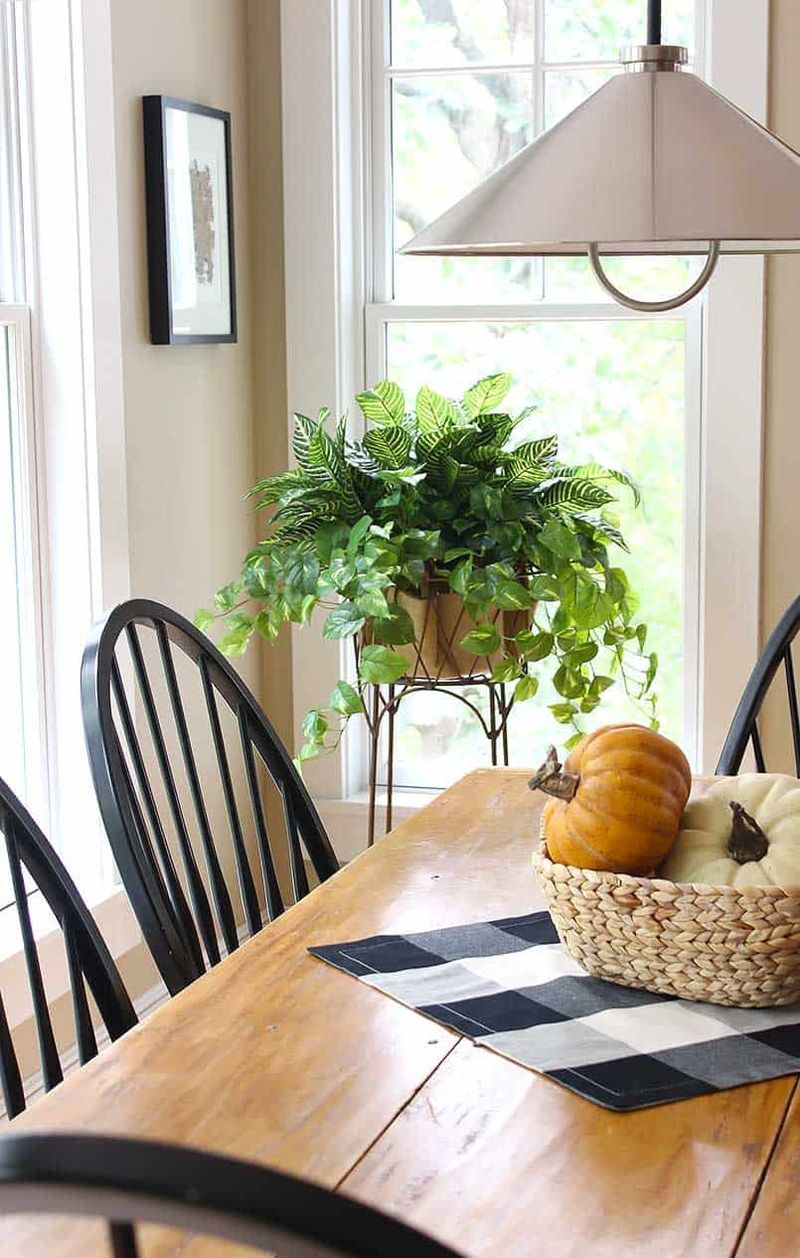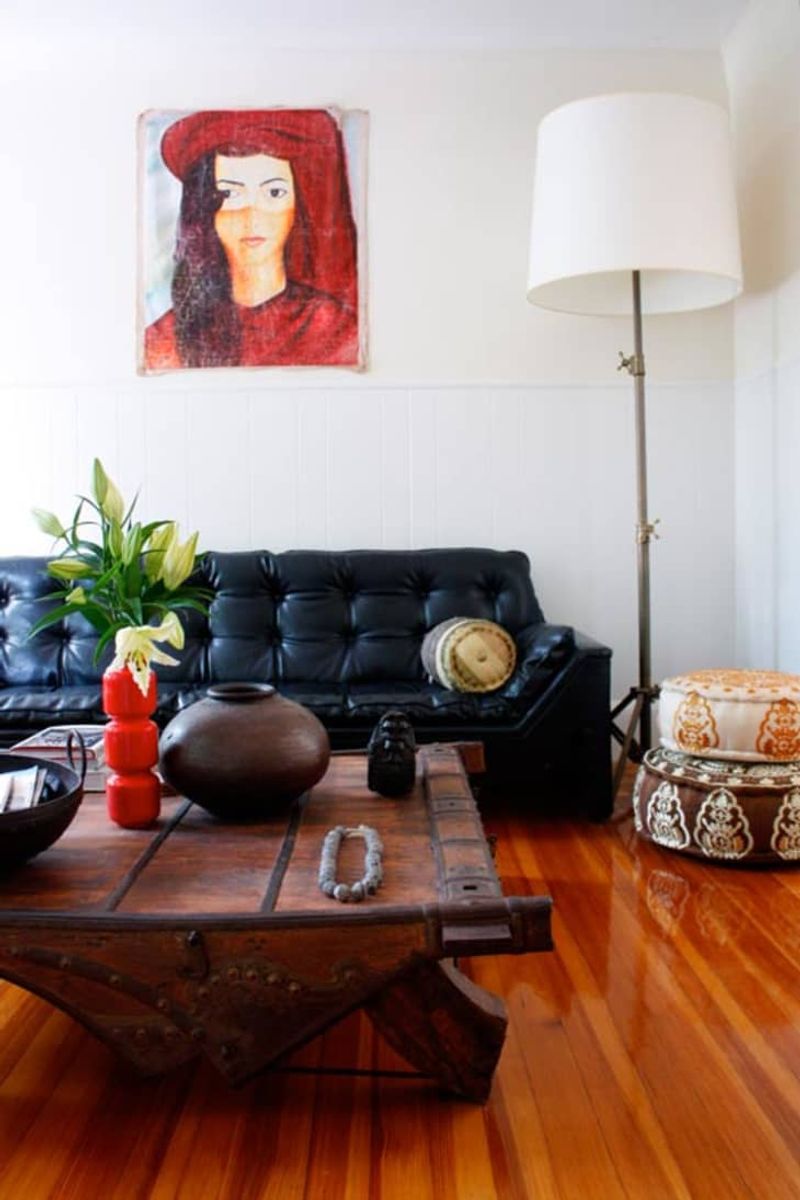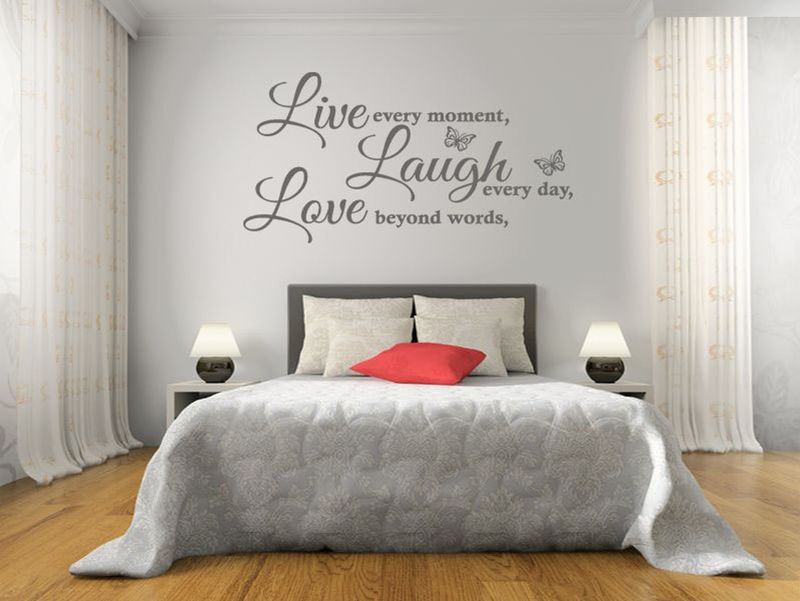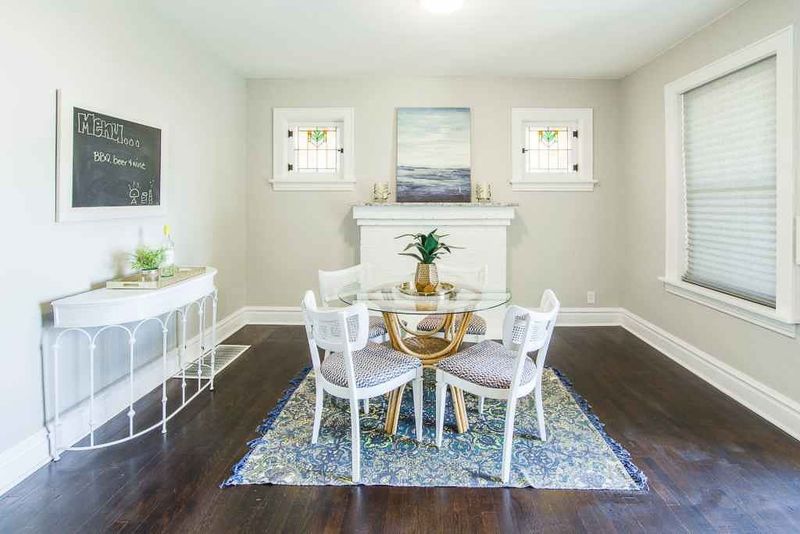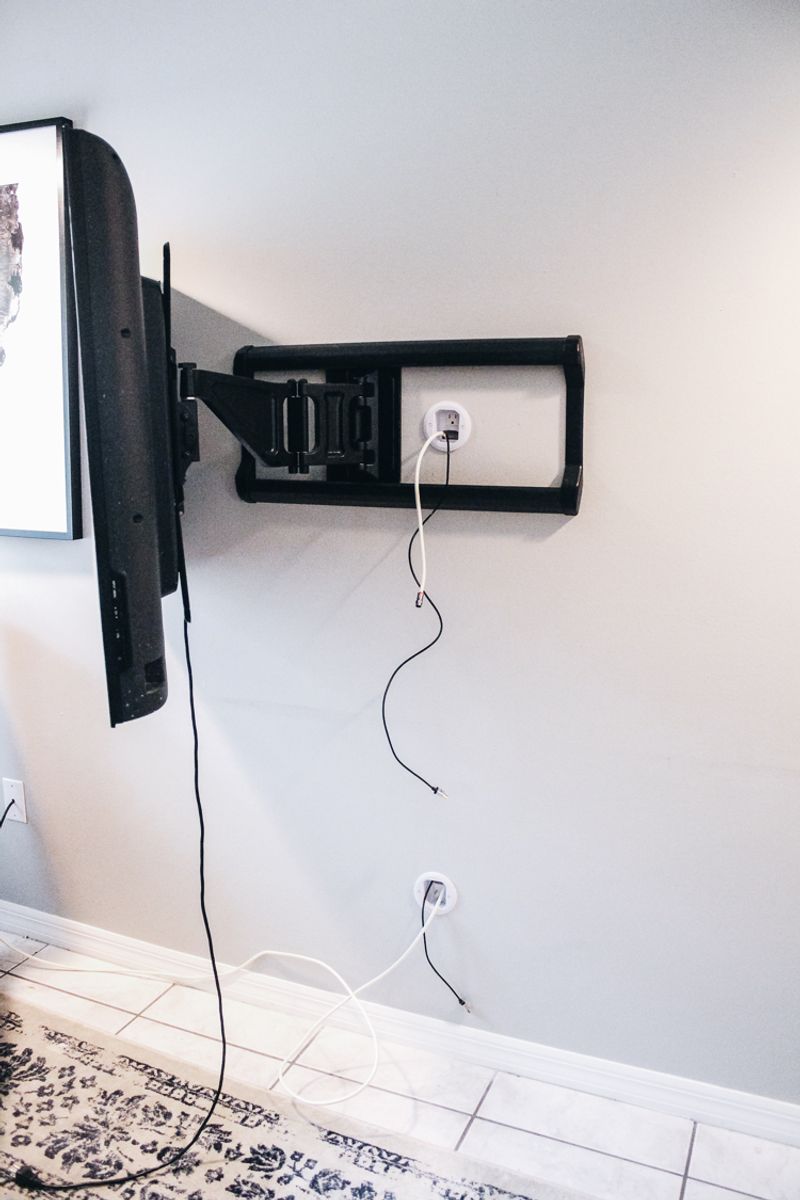You can invest in beautiful furniture and stylish accents – but a few wrong moves can make your entire home feel cheap in an instant.
Designers see it all the time: common decor mistakes that quietly undercut the look and feel of a space. The good news? These pitfalls are easy to avoid once you know what to look for. If you’re aiming for a home that feels polished and elevated, start here.
These 10 decor mistakes can cheapen your space fast – plus 5 extra ones that truly stand between you and a more sophisticated living environment.
1. Matching furniture sets
Remember those showroom displays with perfectly coordinated pieces? While they might seem like a safe bet, they actually rob your space of personality and depth. Professional designers mix and match for a reason!
Identical furniture sets give off a cookie-cutter vibe that screams “I bought everything in one shopping trip.” Instead, select pieces that complement each other while maintaining their individual character. This creates a more collected, authentic feel that evolves with your style over time.
2. Too many throw pillows
Guilty of pillow hoarding? When sofas and beds disappear under mountains of decorative cushions, functionality takes a backseat to fussy excess. Quality always trumps quantity in sophisticated spaces.
Visitors shouldn’t need to perform an archaeological dig just to find a place to sit. Limit yourself to 2-3 well-chosen pillows per sofa or chair. Select pillows with quality fabrics and interesting textures rather than piling on cheap, identical options that create visual clutter and scream discount store.
3. Exposed electrical cords
Tangled snake pits of black wires instantly downgrade your carefully planned aesthetic. Nothing says “I didn’t think this through” quite like visible cords crawling across walls and floors.
Taking the time to properly manage your cables makes a tremendous difference. Invest in cord covers, cable management boxes, or clever furniture placement to conceal these eyesores. For wall-mounted TVs, consider in-wall cable management systems that completely hide wires for that clean, professional look.
4. Fake plants collecting dust
Artificial greenery from decades past sits sadly in corners, covered in a fine layer of dust that’s impossible to fully remove. Once vibrant faux ferns now look defeated, their plastic glory days long behind them.
If real plants aren’t your thing, modern high-quality faux options can work wonders—but they require regular dusting and occasional replacement. Better yet, try low-maintenance live plants like snake plants or pothos that thrive with minimal care while bringing authentic life and improved air quality to your space.
5. Posters without frames
College dorm vibes linger when artwork gets tacked directly to walls without proper framing. That beloved movie poster or art print deserves better than thumbtacks or sticky putty!
Even inexpensive frames elevate visual content from casual to intentional. The difference between a taped-up poster and a framed piece is striking—one looks temporary and thrown together, while the other appears thoughtfully displayed.
6. Overly themed rooms
Walked into a room that screams “BEACH!” with seashells, lighthouse figurines, and blue-striped everything? Theme overload happens when decorative elements become too literal and concentrated.
Sophisticated spaces hint at themes rather than shouting them. If you love coastal style, incorporate subtle blue tones, natural textures, and perhaps one or two carefully chosen nautical elements. This creates an inspired-by approach rather than a heavy-handed theme park simulation that feels like a vacation gift shop.
7. Visible toilet paper storage
Nothing shatters bathroom elegance faster than a towering pyramid of toilet paper rolls on display. That Costco-sized package may represent smart shopping, but it doesn’t belong in plain sight!
Bathrooms feel instantly more refined when necessities remain discreetly hidden. Utilize under-sink storage, decorative baskets with lids, or dedicated cabinets to keep backup supplies accessible but invisible. Save visible surfaces for items worthy of display like pretty hand towels, elegant soap dispensers, or small plants.
8. Pushed-back furniture
Hugging the walls with all your furniture creates that dreaded “dance floor” effect in the middle of rooms. This common arrangement stems from a misconception that it maximizes space, but actually achieves the opposite.
Professional designers know that floating furniture away from walls creates better flow and conversation areas. Try pulling your sofa forward with a slim console table behind it, or angle chairs to create inviting conversation zones. This approach makes rooms feel more intentional and intimate.
9. Mismatched wood tones
Walking into spaces with jarring combinations of cherry, oak, walnut, and pine can feel visually chaotic. When every wooden piece fights for attention, the overall effect becomes disjointed rather than harmonious.
Contrary to matching furniture sets, mixing woods can work beautifully—but requires thoughtful execution. The secret lies in finding common undertones or using a consistent finish. Try limiting your palette to 2-3 complementary wood tones, and ensure they’re distributed evenly throughout the space for balanced visual flow.
10. Furniture that’s too large
Squeezing oversized sectionals into modest apartments creates that dreaded sardine-can feeling. When furniture dominates rooms disproportionately, no amount of decorating can restore proper balance.
Scale matters tremendously in creating harmonious spaces. Furniture should fill rooms appropriately while allowing for comfortable pathways (at least 30-36 inches) and breathing room around pieces.
1. Plastic vertical blinds
Clattering plastic slats that never hang quite straight have become the universal symbol of rental property mediocrity. These utilitarian window coverings scream temporary living situation, not thoughtful home design.
Window treatments dramatically influence a room’s perceived value. Even simple fabric curtains or bamboo shades offer significant upgrades without breaking the bank. If you’re renting, consider removable solutions that can travel with you, investing in window treatments that elevate your space now and future homes later.
2. Word art everywhere
“Live, Laugh, Love” and its many cousins have become the punchline of home decor jokes for good reason. When your walls spend more time talking than you do, it’s time to reconsider your art strategy.
Occasional meaningful quotes can work in the right context, but walls covered in generic phrases feel impersonal and mass-produced. Instead, invest in actual artwork that speaks to you without literally speaking.
3. Small area rugs
Floating tiny islands of carpet beneath furniture arrangements instantly signal decorating uncertainty. That 4×6 rug drowning in a sea of flooring creates a postage stamp effect that diminishes your entire room.
Properly sized rugs should accommodate at least the front legs of all furniture in a grouping. For living rooms, aim for rugs large enough to extend 6-12 inches beyond furniture edges. When budget constraints make large rugs impossible, layering a smaller decorative rug over inexpensive larger jute or sisal creates an affordable, designer-approved solution.
4. Excessive artificial scents
Walking into a sensory battleground of competing plug-ins, candles, and sprays can overwhelm visitors before they’ve even removed their coats. Multiple clashing fragrances suggest covering up problems rather than creating ambiance.
Sophisticated homes rely on cleanliness first, with subtle fragrance as an enhancement rather than a mask. Choose one quality scent per area if desired, and remember that natural options like fresh flowers, herbs, or essential oil diffusers generally create more pleasant environments than chemical alternatives.
5. Exposed TV wires
Proudly mounted flatscreens lose their sleek appeal when accompanied by dangling cords that draw the eye downward. That beautiful TV installation remains incomplete if wires hang like technological vines beneath it.
Cord concealment options have multiplied as wall-mounted TVs became standard. From simple cord covers that can be painted to match walls to more involved in-wall cable management systems, solutions exist for every budget and skill level.


